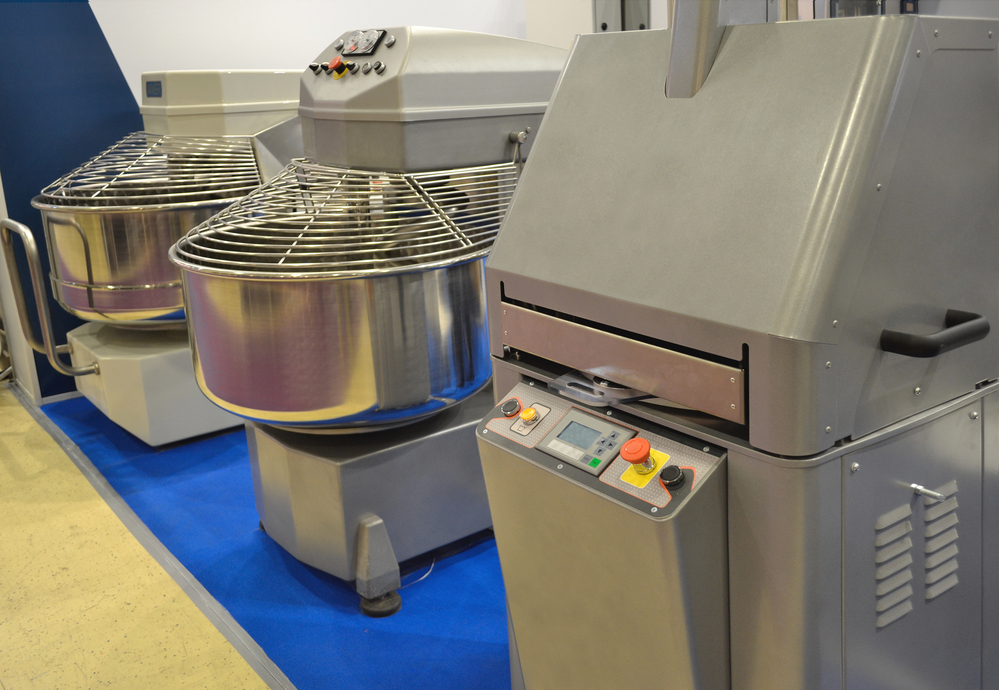
Unveiling the Versatility of Mixers: A Comprehensive Guide
In the realm of culinary arts and industrial processes, mixers stand as indispensable tools. These versatile devices, designed to combine disparate substances into a homogenous blend, play a crucial role in countless applications. From the humble kitchen to sprawling manufacturing plants, mixers are the unsung heroes ensuring consistency, quality, and efficiency. This guide delves into the diverse world of mixers, exploring their types, applications, and the factors influencing their selection. Understanding the nuances of mixers is essential for anyone seeking to optimize their processes, whether it’s baking a cake or producing pharmaceuticals. Let’s explore the fascinating world of mixers.
Types of Mixers: A Broad Overview
The term “mixers” encompasses a wide array of devices, each tailored to specific mixing requirements. Categorizing them based on their mixing mechanism provides a helpful framework:
Static Mixers
Static mixers, also known as motionless mixers, rely on a series of internal elements to create turbulence and promote mixing as fluids flow through them. They are ideal for continuous processes where consistent and predictable mixing is required. Advantages include low maintenance, no moving parts, and energy efficiency. However, they are less effective for highly viscous materials or applications requiring variable mixing intensities. These are often used in water treatment and chemical processing.
Dynamic Mixers
Dynamic mixers, in contrast, utilize rotating impellers or blades to agitate the mixture. This category is incredibly diverse, encompassing everything from handheld kitchen mixers to large-scale industrial blenders. The key advantage of dynamic mixers is their versatility, allowing for adjustments in mixing speed and intensity to suit different materials and processes.
Handheld Mixers
These compact and portable mixers are ubiquitous in home kitchens. They typically feature two beaters or whisks that rotate to combine ingredients. Handheld mixers are ideal for small-batch mixing, such as whipping cream, beating eggs, or making cake batter. Their affordability and ease of use make them a popular choice for home cooks.
Stand Mixers
Stand mixers offer greater power and capacity than handheld models. They feature a stationary base with a rotating bowl and a variety of attachments, including a whisk, paddle, and dough hook. Stand mixers are well-suited for more demanding tasks, such as kneading bread dough, mixing large batches of cookies, or making frostings. [See also: Best Stand Mixers for Home Bakers]
Immersion Blenders
Immersion blenders, also known as stick blenders, are handheld devices with a rotating blade at the bottom. They are designed to be immersed directly into a pot or container, allowing for blending soups, sauces, and smoothies without transferring them to a separate blender. Immersion blenders are particularly useful for creating smooth and creamy textures. They are excellent for making sauces right in the pan.
Industrial Mixers
Industrial mixers are heavy-duty machines designed for large-scale mixing applications. They come in various configurations, including ribbon mixers, paddle mixers, and planetary mixers. These mixers are used in industries such as food processing, pharmaceuticals, chemicals, and construction to blend powders, liquids, and pastes. Proper maintenance is crucial for these machines.
Applications of Mixers Across Industries
The applications of mixers are as diverse as the industries that utilize them. Here are a few notable examples:
- Food and Beverage: Mixers are essential for creating a wide range of food products, from baked goods and sauces to beverages and dairy products. They ensure consistent texture, flavor, and appearance.
- Pharmaceuticals: In the pharmaceutical industry, mixers are used to blend active ingredients, excipients, and other components into homogenous formulations. Precise mixing is critical to ensure the efficacy and safety of medications.
- Chemicals: Chemical processing relies heavily on mixers to blend reactants, catalysts, and solvents. Mixers facilitate chemical reactions and ensure uniform product quality.
- Cosmetics: Mixers are used to create a variety of cosmetic products, including creams, lotions, and makeup. They ensure consistent texture, color, and stability.
- Construction: In the construction industry, mixers are used to blend cement, aggregates, and water to create concrete and mortar. Mixers ensure the proper consistency and strength of these materials.
Factors to Consider When Choosing a Mixer
Selecting the right mixer for a specific application requires careful consideration of several factors:
- Material Viscosity: The viscosity of the materials being mixed is a crucial factor. High-viscosity materials require more powerful mixers with robust impellers or blades. Static mixers may not be suitable for highly viscous substances.
- Batch Size: The volume of material being mixed will determine the required capacity of the mixer. Smaller batches can be handled by handheld or stand mixers, while larger batches require industrial-scale equipment.
- Mixing Intensity: The desired level of mixing intensity will influence the choice of mixer. Some applications require gentle blending, while others require vigorous agitation.
- Process Requirements: Specific process requirements, such as temperature control, pressure regulation, or sanitary considerations, may dictate the type of mixer needed.
- Ease of Cleaning and Maintenance: In industries such as food and pharmaceuticals, ease of cleaning and maintenance is paramount to prevent contamination and ensure product safety.
The Future of Mixing Technology
The field of mixing technology is constantly evolving, driven by the need for greater efficiency, precision, and control. Advances in computational fluid dynamics (CFD) are enabling engineers to design mixers with optimized impeller geometries and flow patterns. Smart mixers equipped with sensors and control systems are also emerging, allowing for real-time monitoring and adjustment of mixing parameters. As industries continue to demand higher levels of performance and sustainability, the development of innovative mixing technologies will remain a critical focus.
In conclusion, mixers are essential tools in a multitude of industries, facilitating the creation of countless products that impact our daily lives. By understanding the different types of mixers, their applications, and the factors influencing their selection, individuals and organizations can optimize their processes and achieve superior results. Whether you’re a home cook or a chemical engineer, a well-chosen mixer can make all the difference.
